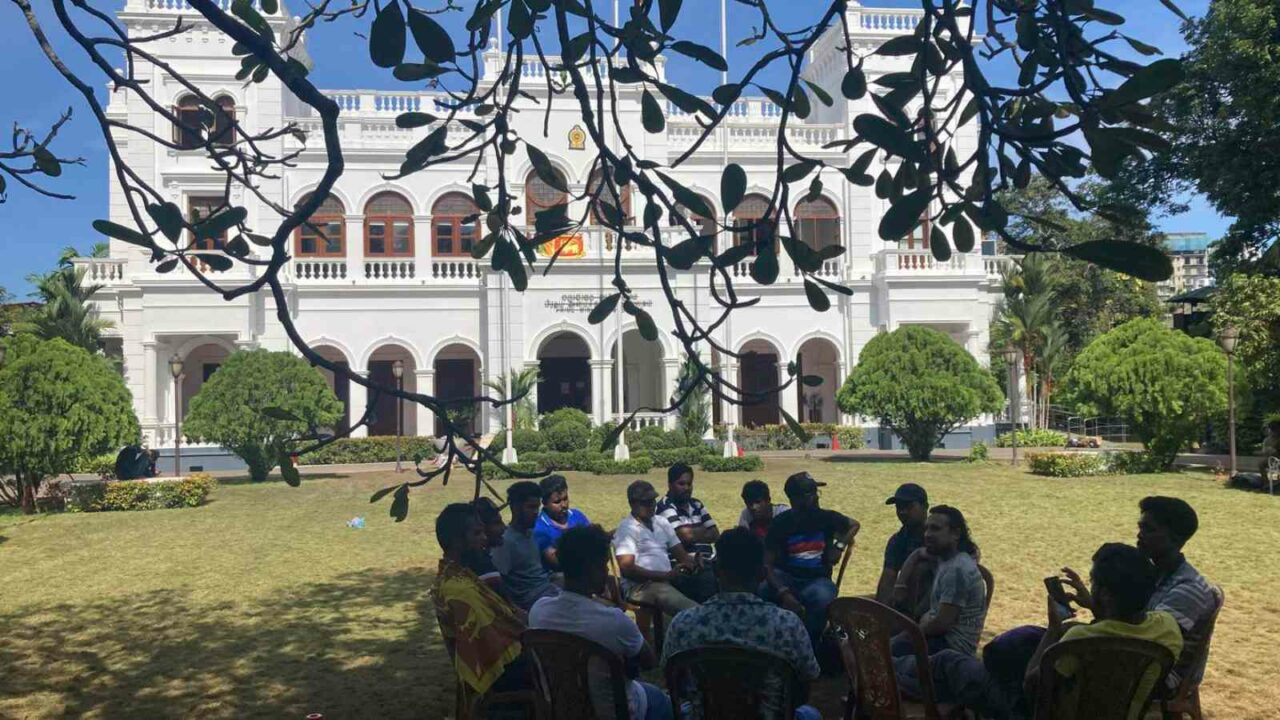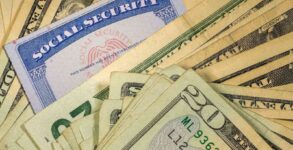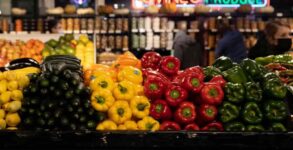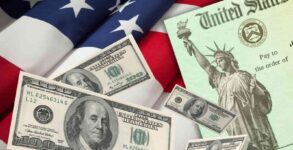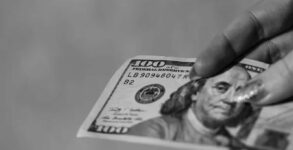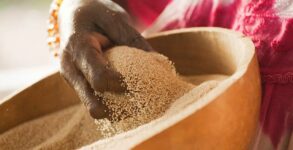Sri Lanka which is currently facing an economic crisis is waiting for International Monetary Fund (IMF) to formally approve USD 2.9 billion bailout package before year-end. The officials of the International Monetary Fund and the Sri Lankan authorities on September 1 reached a staff-level agreement to support the economic policies of the island nation with a 48-month arrangement under the Extended Fund Facility of about USD 2.9 million, The Daily Mirror reported.
The IMF said that debt relief from Sri Lanka’s creditors and additional financing from multilateral partners will be needed for debt sustainability and closing financing gaps. It further stated that the financial assurance to restore debt sustainability from Sri Lanka’s official creditors and making an effort for collaborative agreement with private creditors is important before the IMF can give financial assistance to the island nation. Notably, the main creditors of Sri Lanka include Japan, China and India. Here is a look back at how the crisis unfolded in the island nation.
According to Sri Lanka’s local media outlet The Daily Mirror, the economic crisis in the island nation was caused by “several years of mismanagement, corruption, shortsighted policymaking, and an overall lack of good governance.” Insufficient foreign reserves at Sri Lanka’s Central Bank and loss of access to international capital markets led to the country defaulting on debt for the first time in history. In addition, unchecked external borrowings, tax cuts that increased the budget deficit, a restriction on the import of chemical fertilizer and the abrupt floating of the Sri Lankan rupee are a few of the elements that caused the economy to collapse.
The economic crisis was aggravated by the COVID-19 pandemic as the island nation’s economy is dependent on its tourism sector. Notably, the economic crisis in Sri Lanka sparked mass protests that forced then-President Gotabaya Rajapaksa to flee the country. He moved out of the country after protesters stormed his official residence as the island nation witnessed an acute shortage of food, fuel, and other essentials. The people of Sri Lanka demanded the resignation of President Gotabaya Rajapaksa and Prime Minister Mahinda Rajapaksa as they blamed their government for the mismanagement of the country’s economy.
Earlier in March, thousands of Sri Lankans facing power cuts and shortages of essentials held protests near the Sri Lankan President Gotabaya Rajapaksa’s private residence in Mirihana. Protesters raised the demand that the President should “go home” and called for addressing the crisis witnessed in the nation. People were seen holding placards saying “Gota Go Home” and shouting slogans against the government. Security was beefed up in order to stop protesters from entering the President’s residence. People held protests against the rising cost of living, gas and fuel shortages and long power cuts.
On April 3, the entire cabinet of 26 ministers except for Prime Minister Mahinda Rajapaksa resigned from their ministerial portfolios amid the economic crisis. On April 5, President Gotabaya Rajapaksa appointed four ministers to maintain the stability of Parliament. People staging round the clock protest at Galle Face Green in Colombo calling for the resignation of the President and the government continued on April 17 with more people participating in the protest.
On April 12, Sri Lanka’s Ministry of Finance announced that the government has suspended servicing external public debt pending the completion of the government’s discussions with the International Monetary Fund (IMF) and the preparation of a comprehensive debt restructuring program. The Sri Lankan Finance Ministry’s announcement came after the country’s government called on the IMF for assistance in designing the economic recovery plan and for emergency financial aid. It also sought financial assistance from other bilateral and multilateral parties to reduce the suffering faced by the people of Sri Lanka.
On April 18, Sri Lankan President Gotabaya Rajapaksa appointed 17 cabinet ministers for the administration of the government. The cabinet included Foreign Minister GL Peiris and Finance Minister Ali Sabry, Kanchana Wijesekara held the Ministry of Power and Energy portfolio. Clashes erupted between government supporters and anti-government protesters in Colombo and other parts of Sri Lanka on May 9, Human Rights Watch said. It said that several hundred people identifying themselves as supporters of Prime Minister Mahinda Rajapaksa arrived by bus in Colombo on May 9 and headed to the Galle Face Green, where protesters calling for the resignation of the government have camped for several weeks.
On May 9, Sri Lankan Prime Minister Mahinda Rajapaksa resigned from the post after protesters continued to raise demand for his resignation. The Sri Lankan government announced a nationwide curfew to prevent clashes between protesting groups in Colombo and other parts of Sri Lanka. On May 13, Ranil Wickremesinghe was sworn-in as Sri Lanka’s 26th Prime Minister by President Gotabaya Rajapaksa. On June 9, the United Nations appealed for USD 47.2 million to provide life-saving assistance as the island nation experienced an economic crisis, compounded by food insecurity, rising protection concerns and shortages of essentials.
On June 20, Sri Lanka’s Minister of Power and Energy Kanchana Wijesekera called on the people to restrict non-essential travel and not to come for filling petrol in the next few days until June 23. Wijesekera further said that he expects a petrol tanker to reach on June 23 and a diesel tanker on June 24. Sri Lankan President Gotabaya Rajapaksa fled his residence as protesters barged into the official residence of President Gotabaya Rajapaksa in Colombo on July 9. According to the visuals circulated on social media, the protesters can be seen taking a dip in the swimming pool, helping themselves in the kitchen and resting in bedrooms.
Accompanied by his wife and security officers, Sri Lankan President Gotabaya Rajapaksa fled the country and travelled to Maldives on July 13. He then moved to Singapore on July 14 amid protests against him in Sri Lanka. On July 15, Sri Lankan Parliament Speaker Mahinda Yapa Abeywardena announced that he had received the resignation of President Gotabaya Rajapaksa. Sri Lanka’s Prime Minister Ranil Wickremesinghe was sworn in as the country’s acting president after Gotabaya Rajapaksa tendered their resignation.
Acting President Ranil Wickremesinghe declared a state of emergency in Sri Lanka on July 18. On July 21, President-elect Ranil Wickremesinghe took oath as Sri Lanka’s 8th Executive President. He became the president of Sri Lanka after winning a parliamentary vote held on July 20. At the end of 2021, the total debt of Sri Lanka was USD 36 billion. Of this, Sri Lanka has to pay USD 7.1 billion to China, as per The Daily Mirror report. The total public debt, which was 115.3 percent of the GDP in end-December 2021, had reached 143.7 percent of the GDP by end-June 2022.
Notably, officials of the International Monetary Fund and the Sri Lankan authorities on September 1 reached a staff-level agreement to support the economic policies of the island nation. On September 14, Sri Lanka’s Minister of Plantation Industries Ramesh Pathirana said that the government has approached the country’s main creditors, which include Japan, China and India, according to The Daily Mirror. Pathirana further stated that the government is planning to initiate talks with other creditors shortly.
Meanwhile, International Monetary Fund (IMF) Managing Director Kristalina Georgieva in a statement issued at the conclusion of the Seventh “1+6” Roundtable held in China on December 9 said, “We had a very fruitful exchange, both on the G20 Common Framework and on some specific cases.” She added, “We need to build on the momentum of the agreement on Chad’s debt treatment and accelerate and finalize the debt treatments for Zambia and Sri Lanka, which would allow for disbursements from the IMF and multilateral development banks.”
The meeting was attended by Kristalina Georgieva, Chinese Premier Li Keqiang, World Bank Group President David Malpass, World Trade Organization Director-General Ngozi Okonjo-Iweala, and International Labour Organization Director-General Gilbert F Houngbo. Organization for Economic Cooperation and Development Secretary-General Mathias Cormann and Financial Stability Board Chairman Klaas Knot also participated in the meeting. According to the news report, if Sri Lanka fails to secure the IMF loan in December, the island nation will have to face major hurdles with respect to its economy and policies.

